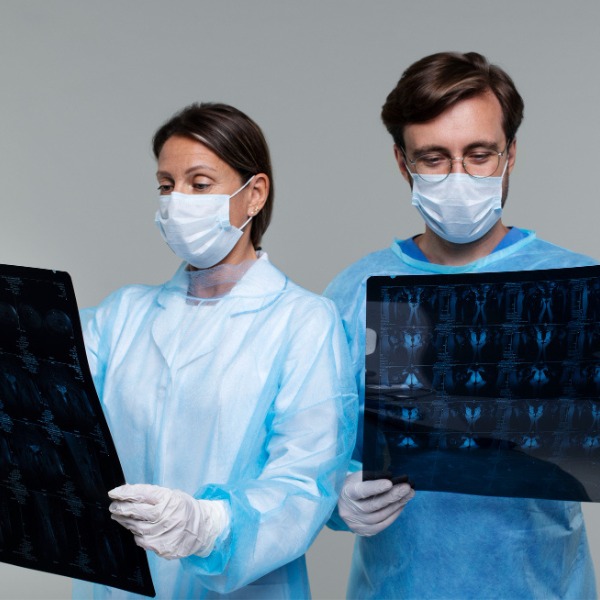Digital X-ray Centre in Indore
Digital X-ray, an advanced imaging technology that has revolutionized the field of radiology. Digital X-rays offer numerous benefits over traditional film-based X-rays, making them a vital tool in diagnosing various medical conditions. In this article, we will explore the principles of digital X-ray imaging, its advantages, applications in different medical specialties, and the positive impact it has had on patient care.
Understanding Digital X-ray:
Digital X-ray, also known as computed radiography (CR) or digital radiography (DR), is a modern imaging technique that captures X-ray images using electronic sensors. Instead of traditional X-ray films, the X-ray photons pass through the body and are detected by digital receptors, which convert the data into electronic images that can be viewed and manipulated on a computer.
Advantages of Digital X-ray:
Reduced Radiation Exposure: Digital X-rays typically require lower radiation doses compared to traditional film-based X-rays, ensuring safer imaging for patients and healthcare professionals.
Instant Image Acquisition: With digital X-ray, images are available instantaneously, eliminating the need for film processing and reducing waiting times for patients.
Image Enhancement and Manipulation: Digital X-rays allow for post-processing adjustments, enabling healthcare providers to enhance image quality, zoom in on specific areas, and analyze fine details.
Environmentally Friendly: Unlike traditional X-ray films, digital X-rays do not require chemical processing, reducing the generation of hazardous waste and contributing to a more environmentally friendly imaging process.

Applications of Digital X-ray:
Positive Impact on Patient Care:
Digital X-ray technology has significantly improved patient care and healthcare practices in several ways:
- Faster Diagnosis and Treatment: Instant image availability enables quicker diagnosis, leading to prompt medical interventions and more efficient patient management.
- Enhanced Image Quality: Digital X-rays offer high-resolution images, allowing healthcare providers to make more accurate diagnoses and detect subtle abnormalities.
- Telemedicine and Consultations: Digital X-rays can be easily shared with specialists for remote consultations, enabling efficient collaboration and timely treatment recommendations.
- Electronic Medical Records (EMRs): Digital X-ray images can be integrated into electronic medical records, providing a comprehensive patient history and facilitating continuity of care.
Digital X-ray technology has transformed medical imaging, providing healthcare professionals with an efficient and reliable tool for diagnosing various medical conditions. Its advantages, such as reduced radiation exposure, instant image acquisition, and image manipulation capabilities, have had a profound impact on patient care and diagnostic accuracy.